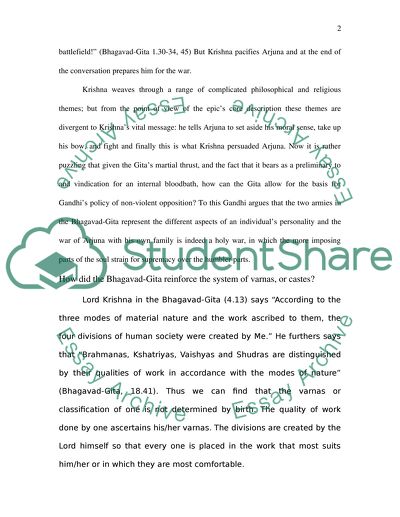Cite this document
(The Analysis Of Moral Duty In India Essay Example | Topics and Well Written Essays - 1750 words, n.d.)
The Analysis Of Moral Duty In India Essay Example | Topics and Well Written Essays - 1750 words. https://studentshare.org/religion-and-theology/1565378-to-fight-in-a-righteous-war-varna-and-moral-duty-in-india
The Analysis Of Moral Duty In India Essay Example | Topics and Well Written Essays - 1750 words. https://studentshare.org/religion-and-theology/1565378-to-fight-in-a-righteous-war-varna-and-moral-duty-in-india
(The Analysis Of Moral Duty In India Essay Example | Topics and Well Written Essays - 1750 Words)
The Analysis Of Moral Duty In India Essay Example | Topics and Well Written Essays - 1750 Words. https://studentshare.org/religion-and-theology/1565378-to-fight-in-a-righteous-war-varna-and-moral-duty-in-india.
The Analysis Of Moral Duty In India Essay Example | Topics and Well Written Essays - 1750 Words. https://studentshare.org/religion-and-theology/1565378-to-fight-in-a-righteous-war-varna-and-moral-duty-in-india.
“The Analysis Of Moral Duty In India Essay Example | Topics and Well Written Essays - 1750 Words”. https://studentshare.org/religion-and-theology/1565378-to-fight-in-a-righteous-war-varna-and-moral-duty-in-india.


